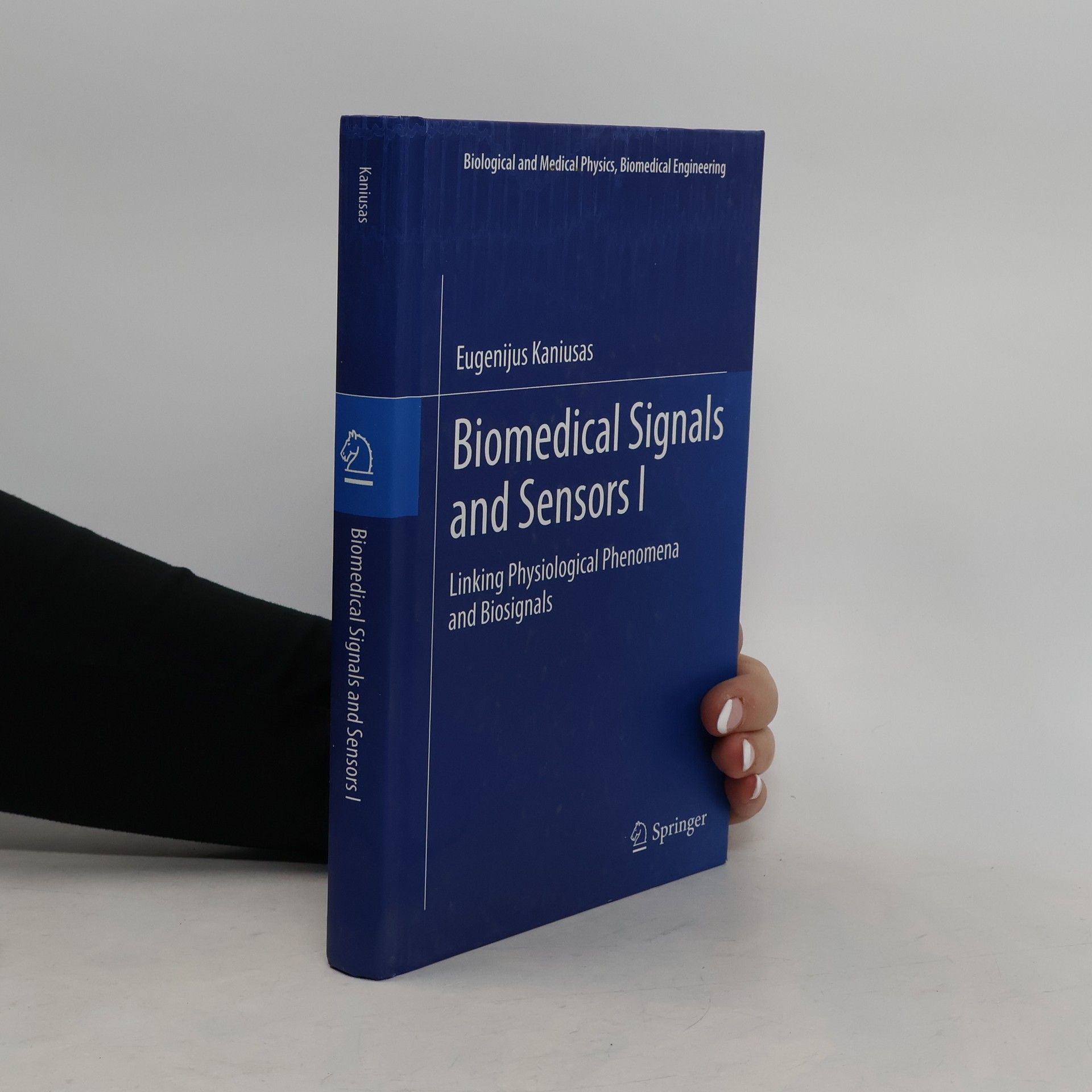This two-volume set focuses on the interface between physiologic mechanisms and diagnostic human engineering. Today numerous biomedical sensors are commonplace in clinical practice. The registered biosignals reflect mostly vital physiologic phenomena. In order to adequately apply biomedical sensors and reasonably interpret the corresponding biosignals, a proper understanding of the involved physiologic phenomena, their influence on the registered biosignals, and the technology behind the sensors is necessary. The first volume is devoted to the interface between physiologic mechanisms and arising biosignals, whereas the second volume is focussed on the interface between biosignals and biomedical sensors. The physiologic mechanisms behind the biosignals are described from the basic cellular level up to their advanced mutual coordination level during sleep. The arising biosignals are discussed within the scope of vital physiologic phenomena to foster their understanding and comprehensive analysis.
Eugenijus Kaniusas Livres





This book set bridges physiologic mechanisms and diagnostic human engineering. The first volume focuses on the interface between physiologic mechanisms and resulting biosignals, while the second volume explores the relationship between biosignals and biomedical sensors. The first volume describes how physiologic mechanisms determine biosignals, from basic cellular interactions to advanced coordination levels. In contrast, the second volume examines the genesis of acoustic and optic biosignals and the associated sensing technologies from a strategic perspective. A key innovation is the discussion of heterogeneous biosignals within a unified framework, encompassing both the biosignal formation from physiological sources to their propagation in the body, and the sensing path from transmission in sensors to conversion into electric signals. Some biosignals emerge from vital bodily functions, while others represent these functions to convey physiological data. The interaction of sound and light with biological tissues, resulting in acoustic and optic biosignals, is highly instructive. This exploration reveals insights into the physics of sound and light, as well as biology and physiology. The interdisciplinary nature of biosignals and biomedical sensors presents challenges, yet offers rewarding insights when approached strategically, as outlined in this volume. The book aims to address intriguing “Aha!” questions.
Biomedical Signals and Sensors II
Linking Acoustic and Optic Biosignals and Biomedical Sensors
- 236pages
- 9 heures de lecture
Focusing on the relationship between biosignals and biomedical sensors, this volume explores the genesis of acoustic and optic biosignals, emphasizing the strategic aspects of sensing technology. It builds on the foundational concepts from the first volume, which examined the physiological mechanisms behind biosignals, and introduces a novel approach by discussing heterogeneous biosignals within a unified framework. This comprehensive examination connects the physiological origins of biosignals to their practical applications in biomedical engineering.
Biomedical Signals and Sensors III
Linking Electric Biosignals and Biomedical Sensors
- 628pages
- 22 heures de lecture
Focusing on the interaction of electric, magnetic, and electromagnetic fields with biological tissues, this third volume bridges physiological mechanisms with theranostic engineering. It explores the formation and propagation of electric biosignals within the body, detailing the processes leading to signal sensing and recording. The series as a whole connects physiological mechanisms to biosignals in clinical practice, while also examining the similarities among acoustic, optic, and electric biosignals, despite their distinct physical characteristics.
Biomedical Signals and Sensors I
Linking Physiological Phenomena and Biosignals
- 316pages
- 12 heures de lecture
This two-volume set focuses on the interface between physiologic mechanisms and diagnostic human engineering. Today numerous biomedical sensors are commonplace in clinical practice. The registered biosignals reflect mostly vital physiologic phenomena. In order to adequately apply biomedical sensors and reasonably interpret the corresponding biosignals, a proper understanding of the involved physiologic phenomena, their influence on the registered biosignals, and the technology behind the sensors is necessary. The first volume is devoted to the interface between physiologic mechanisms and arising biosignals, whereas the second volume is focussed on the interface between biosignals and biomedical sensors. The physiologic mechanisms behind the biosignals are described from the basic cellular level up to their advanced mutual coordination level during sleep. The arising biosignals are discussed within the scope of vital physiologic phenomena to foster their understanding and comprehensive analysis.